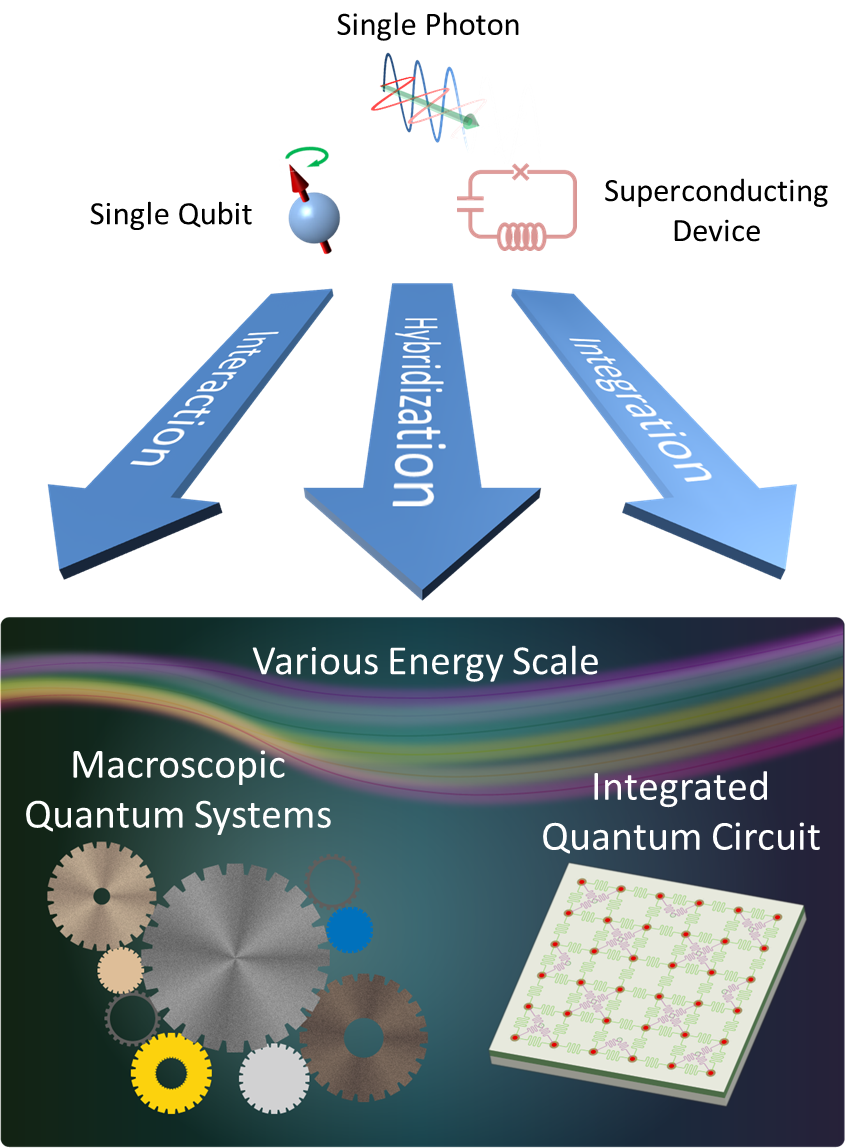

Credit: imecĬoherence times up to 100 µs, gate fidelity of 99.94% (Left) Qubit energy relaxation measurement and (right) average gate fidelity and average error per gate. "This Ar-milling step is however known to be very critical and has previously been reported to introduce unwanted energy losses," adds Jeroen Verjauw. The break introduces uncontrolled growth of native metal oxide, which must be removed during a so-called Ar-milling step. The electrodes are defined in two patterning cycles, with a vacuum break in between. Overlap junctions have two electrodes (bottom (BE) and top (TE)) separated by a thin insulator layer. Our focus was on creating so-called overlap Josephson junctions using only CMOS-compatible materials and techniques, as this enables leveraging the reliability and reproducibility offered by state-of-the-art CMOS processing steps to control variability and facilitate upscaling." researcher at IMEC, says, "Our team at IMEC has explored alternative ways of fabricating the superconducting circuits. In addition, the fabrication technique limits the choice of the superconducting material, and hence, the potential for qubit improvement.Īn alternative approach using CMOS-compatible fabrication techniques Large-scale implementation is hindered by the variability in Josephson energy of the evaporated junction. And that's why double-angle evaporation and lift-off are the preferred fabrication techniques: they can provide these extremely clean interfaces."īut these fabrication techniques have a serious downside: they challenge a further upscaling towards larger numbers of qubits. Even one atomic defect present at one of the interfaces can cause the qubit to lose energy. To minimize any losses of energy or, in other words, maximize coherence time, the various interfaces contained in the structures that make up the junction and the capacitor must be as clean as possible. "The Josephson junction takes the role of a non-linear, non-dissipating inductor, which allows us to manipulate qubit energy states to represent, for example, a superposition of 10> and 11>. "The superconducting qubit is essentially a non-linear LC resonator circuit, containing a non-linear inductor (L) and a capacitor (C)," explains Anton Potočnik. The encouraging results mentioned above have so far only been obtained at lab scale, using double-angle evaporation and lift-off techniques for making the most critical element: the Josephson junction. Large-scale implementation hindered by variability issues While coherence time gives us information on how long a qubit retains its quantum state (and hence, its information), gate fidelity quantifies the difference in operation between an ideal gate and the corresponding physical gate in quantum hardware. On top of that, research groups worldwide have demonstrated superconducting qubits with long coherence times (up to several 100 µs) and sufficiently high gate fidelities-two important benchmarks for quantum computation." This enables an ever-higher level of entanglement-which is one of the pillars of quantum computing. Anton Potočnik, senior researcher in quantum computing at IMEC, says, "The energy states of superconducting qubits are relatively easy to control, and, throughout the years, researchers have been able to couple an increasing number of qubits together. One of the promising technologies for quantum computing makes use of superconducting circuits.

Different quantum computing platforms with diverse types of qubits are being developed and worldwide efforts are ongoing to bring them from the lab to the world. Qubits are the building blocks of quantum circuits. In the quantum circuit model of computation, a quantum logic gate (or simply quantum gate) is a basic operation on a small number of qubits, which is analogous to a classical logic gate for conventional digital circuits.


 0 kommentar(er)
0 kommentar(er)
